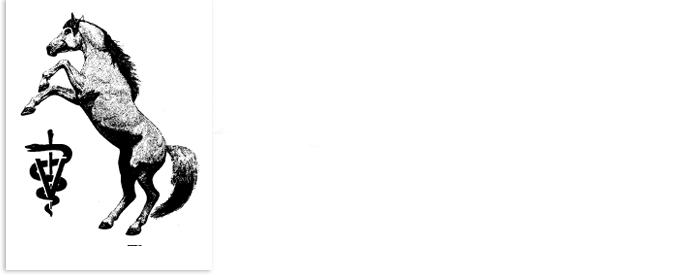Colic Risk Factors
Colic is the biggest cause of premature death in horses. It shows up unexpectedly. A horse can be fine in the morning and critically ill by evening. Several studies have looked at risk factors in cases of colic. The a intriguing study looked at data for 821 cases of colic and compared that to 821 non-colic emergency cases. This was based on reports from 82 veterinarians in Texas over a one-year period from 1991 to 1992. Each veterinarian wrote a report on the first colic they saw each month and the first non-colic emergency they saw each month. By taking this large amount of data, some trends can be observed.
The biggest take home message is just how deadly colic is. The 821 colic cases seen resulted in the death or euthanasia of 131 horses. That represents 16% of the total number of colics, or roughly one in six cases, that ultimately end up dying as a result of colic. Of all the cases 13% had a condition that could only be resolved with intensive care and/or surgery. Although this study did not break down the figures, based on my own practice, the medical intensive care cases combined with those cases requiring surgery, represent about 20% of colic cases I treat each year.
In examining the data there were several factors that were not associated with colic. For instance in comparing the control cases to cases of colic, there was no difference in those horses outside more that 50% of the day vs. those which were inside. There was no difference in horses that were fed oats or sweet feed which coliced vs. the control group. Among the horses fed alfalfa hay, the number in the group that coliced was about the same as the number in the control group. The bedding for the various groups was not different. There was no difference in the percentage of horses that colic vs. the control group for horses bedded on shavings, sand or straw. There was no difference for horses housed on dirt or clay.
Items that did appear to be different in the colicky horses vs. the control group are very interesting. The group that coliced was slightly more likely to be Arabian horses (12.7% vs. 8.5%). The colic group more often had a history of previous colic, 30.2% vs. 13.9%. A history of previous colic surgery dramatically increased the likely hood of being in the colic group. Of the 29 horses with a history of colic surgery 27 were in the group that coliced vs. only 2 in the control group. Racehorses had proportionately fewer colics than non-race horses. Horses with a recent (within the previous two weeks) change in stabling were more often seen in the group that coliced. The same was true for horses that had a recent change in the level of activity. A change in diet was also significantly different in the colic group. Ten percent of the colic group vs. 2% of the control group had their diet changed within the 48 hours prior to being examined.
What can be done to minimize your horse's risk of colic? A de-worming program has been shown to reduce the risk of colic in multi-year studies. My practice recommends that the veterinarian administer the medication twice a year at the times of vaccination and that the owner give a paste de-wormer every 2 months in between. If your horse is not on a similar program now, you should begin one today. This will make sure your horse is de-wormed 6 times a year. An alternative is to administer an everyday de-wormer (see article on STRONGID C) along with a once a year treatment with a de-wormer that kills bots. When changing activity level, feeding programs or stabling make sure to make the change as gradually as possible. Also understand that once a horse has coliced and especially once a horse has had colic surgery, it is at increased risk to colic again.

